When you think of unwanted plants, things like dandelions, quack grass and other common weeds that bully their way into your yard and garden probably come to mind. But occasionally, we inadvertently plant a seedy character that takes over the garden, gets you itching or causes a whopper of a stomach ache (or worse) if eaten.
Here are the worst irritating, poisonous and invasive plants — the ones you should always avoid.
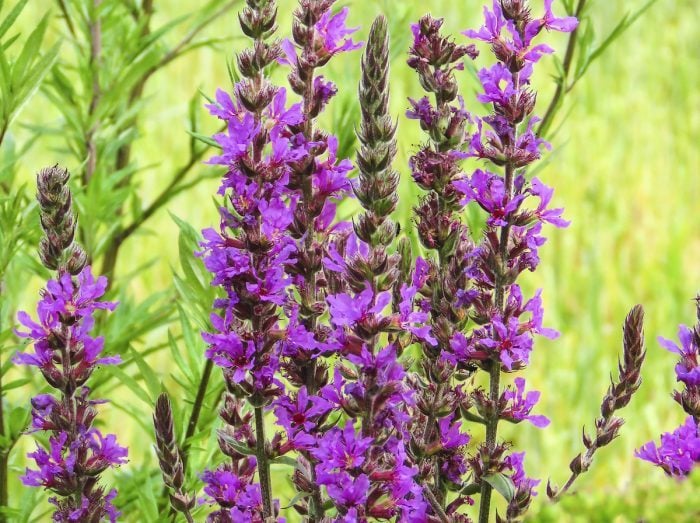
Invasive Plants
It’s covered with pretty, purple flower spikes from late summer through fall. A long-lived perennial, it adapts to a wide range of growing conditions. Plus, it makes a beautiful cut flower. It’s a gardener’s dream come true, right? Wrong!
I’m talking about purple loosestrife. And many gardeners throughout the U.S. and Canada know, this invasive blooming plant has taken over many a backyard garden. Now it’s taken to our natural wetlands. A vigorous grower, it crowds out native plants, eliminating cover and essential food sources vital to wetland wildlife.
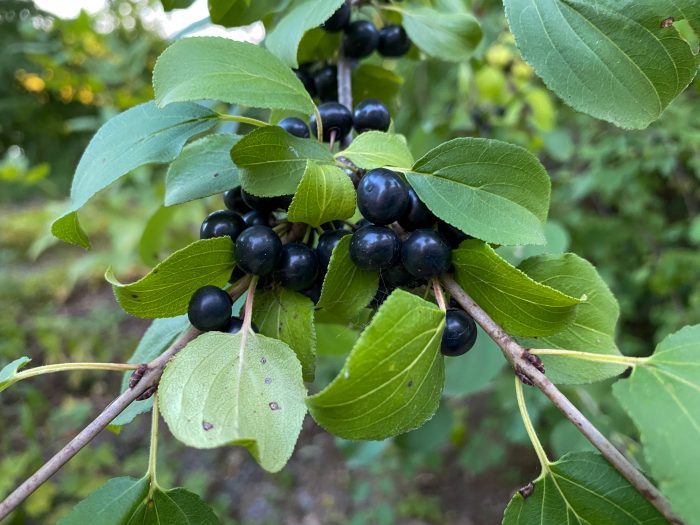
Purple loosestrife isn’t the only invasive plant causing problems in natural landscapes. Norway and Amur maples have joined buckthorn and honeysuckle as woodland invaders.
The lesson here? Do your research before adding new plants to your landscape. Select plants suited for the growing conditions in your backyard. Then ask your local extension service or an area nursery for a list of invasive plants that plague your region.
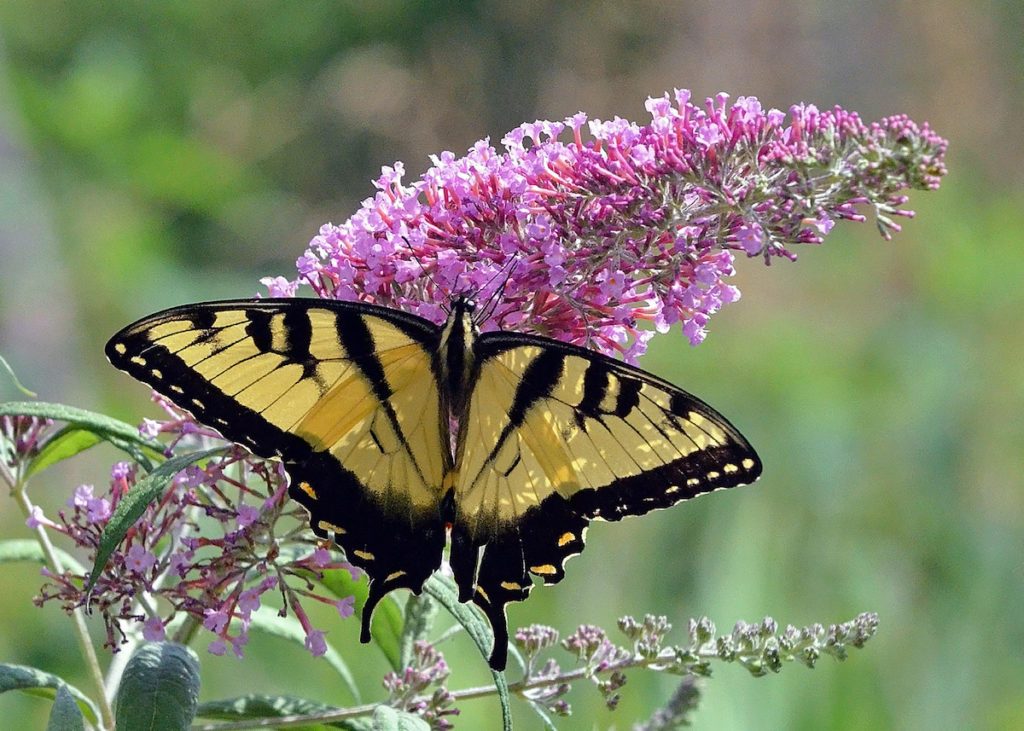
Keep in mind, however, that it’s possible for invasive plants in one area to struggle to survive in another. Butterfly bush, tamarisk and ivy are a few invasive plants in warmer locales that may not flourish in cold, wet or less-than-ideal growing conditions.

Irritating Plants
Gas plant, meadow rue, euphorbia and hyacinths are common landscape plants that leave some gardeners covered with an itchy, red rash. Though the list of potential irritation-inducing plants is long, not all gardeners will be affected by some, or even any, of these plants.
The best tactics to avoid the itch? Be careful about what you plant, be diligent about wearing protective garden garb, and learn maintenance strategies that will keep your landscape looking good and your skin rash-free.

Start by noting how the offending plant causes the rash, then make changes based on that information. Some gardeners with sensitive skin develop a rash after only a few minutes of handling prickly plants. If this is you, be sure to wear heavy clothing and leather gloves. Or convince your thicker-skinned gardening friends to help out.
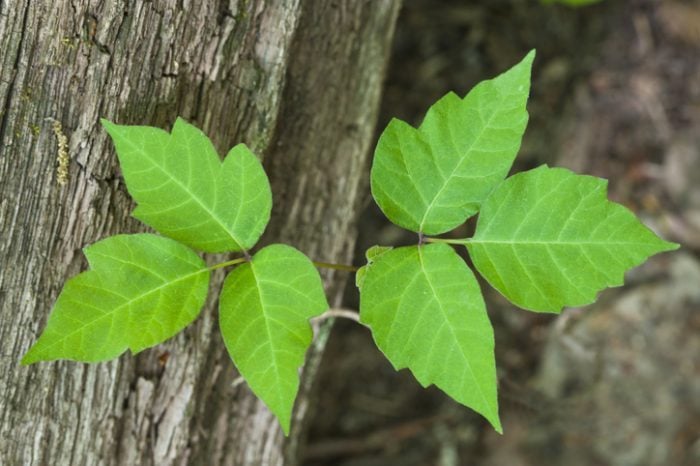
Infamous plants like poison ivy, or even some ornamental euphorbias, also contain irritants in their saps that cause a painful and itchy rash. Don long sleeves if you plan to garden around or weed these irritants out of your landscape. Immediately wash the irritating oils off your body and clothing to avoid further exposure and expansion of the rash.
Oddly enough, gas plant, wild parsnip and garlic mustard sap cause a rash only when the irritating oils are exposed to sunlight. That’s why some gardeners eliminate the risk by weeding at dusk or by their landscape lighting. But if you can work around these irritants only by the light of day, wear long sleeves and gloves, and wash skin immediately.
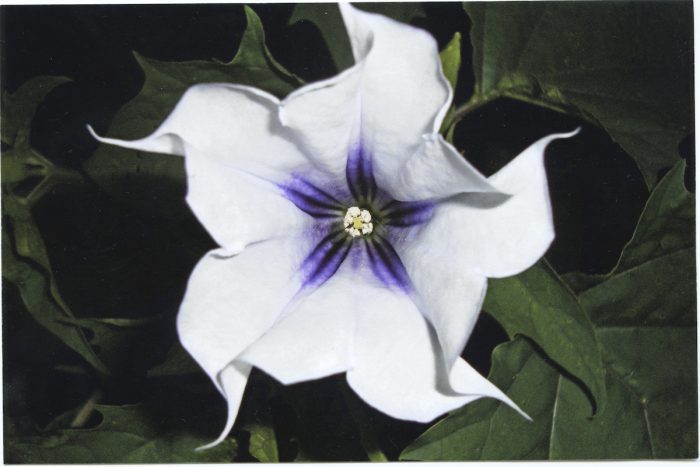
Poisonous Plants
Just as we weigh the risk of planting allergy-inducing plants in the landscape, we do the same for poisonous plants.
It may surprise you to learn just how many of your favorite plants can cause stomach aches, diarrhea or even death when eaten. But let’s take a realistic look at living with potentially poisonous landscape plants before leveling our garden beds and switching to artificial turf and silk flowers.
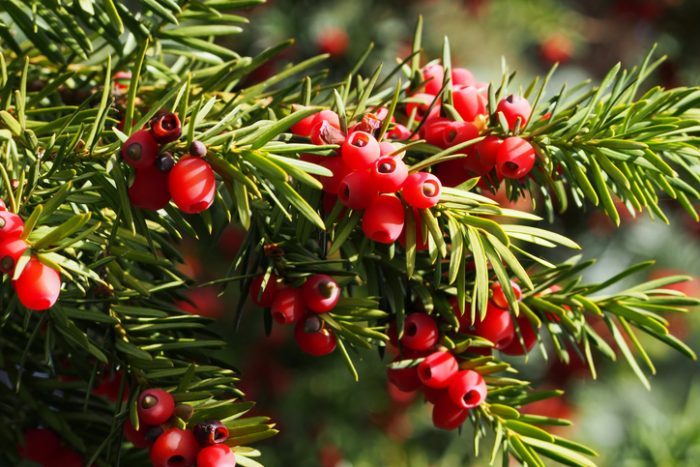
Those with small children and pets should avoid planting the toxic datura, commonly known as Jimson weed, and castor bean. The seed in the fleshy red fruit of the yew, the nuts of horse chestnut trees and all parts of the oleander plant are also toxic. And let’s not forget the wild mushrooms Mother Nature sometimes scatters in the yard.
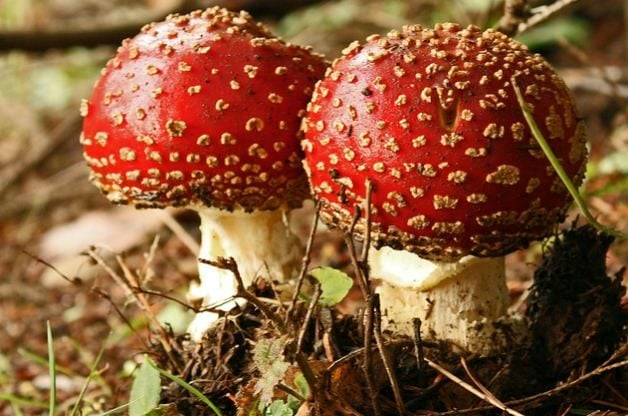
Perhaps the most important thing we can do for our children is to curb their sense of adventure. Teach them not to eat wild plants. You should also keep houseplants, seeds and bulbs out of the reach of small children and pets. And store all garden chemicals in their original containers in a secure location.
Lastly, reduce the risk by identifying and labeling all your landscape plants. As a gardener, it’s great to keep a record of what’s planted where. But as a parent or pet owner, you never know when this kind of information will be useful in an emergency.
Article source here: The Worst Poisonous and Invasive Plants for Your Yard


No comments:
Post a Comment